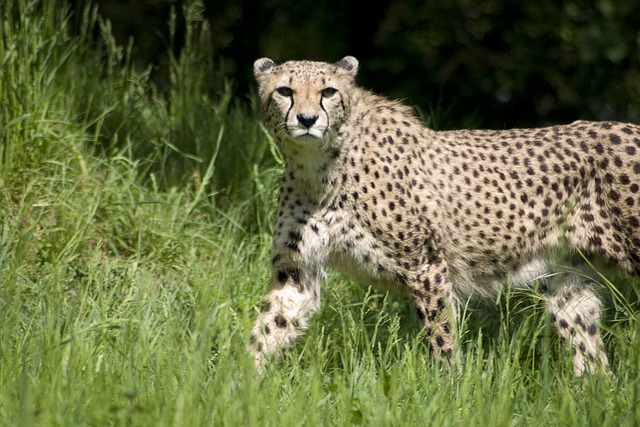
Chapter Overview
Animals have developed various adaptations to survive in their natural habitats. These adaptations include physical features, behaviors, and instincts that help them find food, escape predators, and thrive in different environments.
This chapter explores various survival mechanisms such as camouflage, hibernation, migration, and different feeding habits of animals.
Important Keywords
- Adaptation: Changes in an organism to survive in its environment.
- Camouflage: The ability of an animal to blend in with its surroundings.
- Hibernation: A deep sleep state to conserve energy during extreme weather.
- Migration: Seasonal movement of animals to find food or better living conditions.
- Herbivore: Animals that eat plants.
- Carnivore: Animals that eat other animals.
- Omnivore: Animals that eat both plants and animals.
Detailed Notes
Sign In to view full chapter (Animals: How They Survive - Detailed Notes) resources.
Want to unlock the full learning experience?
Log In to continue
To access this learning resource, save your progress and get personalized recommendations — please log in to your account or register for free.
It only takes a minute and gives you complete access to lesson history, resource bookmarks, and tailored study suggestions.
Log In to continue
